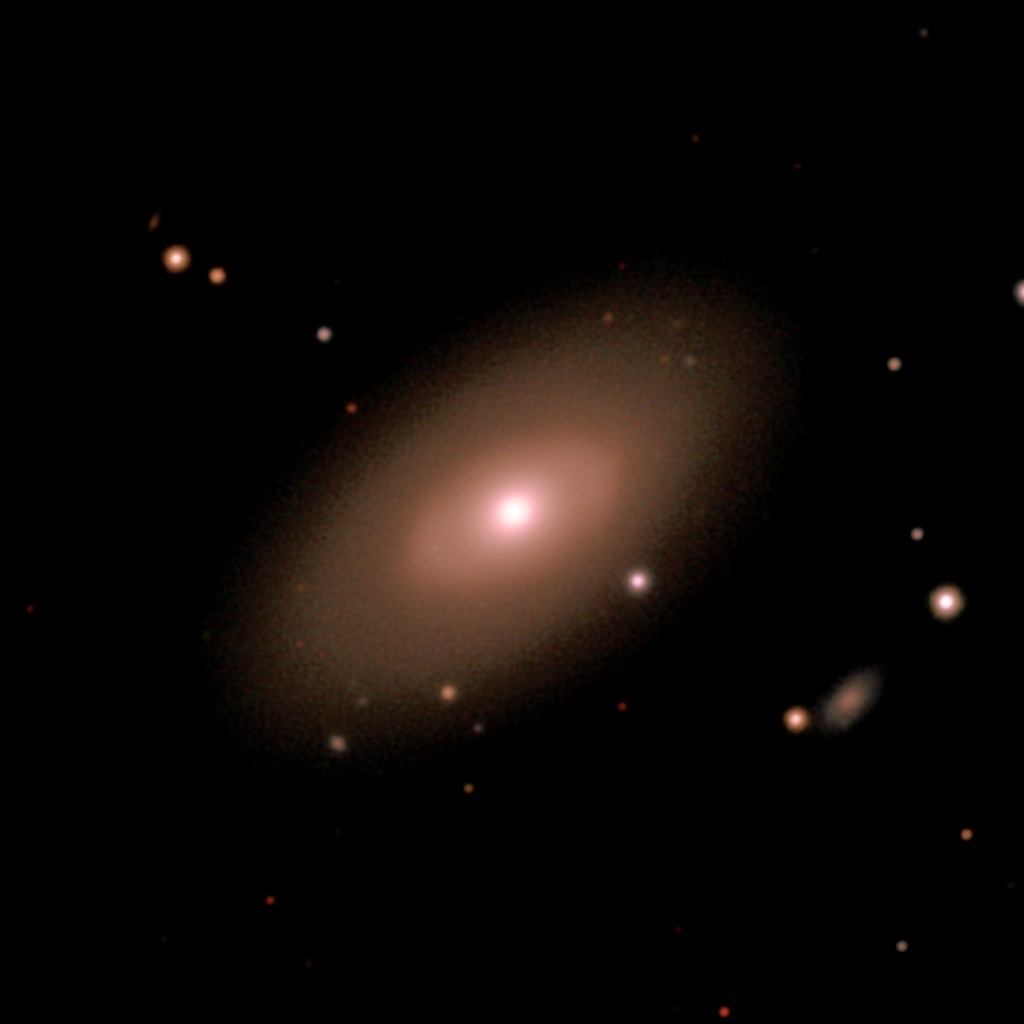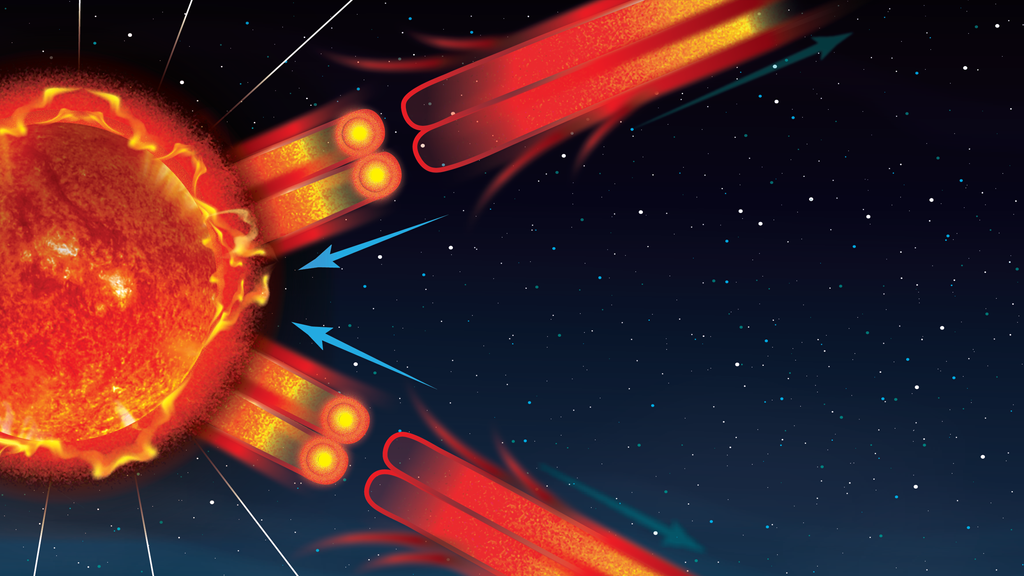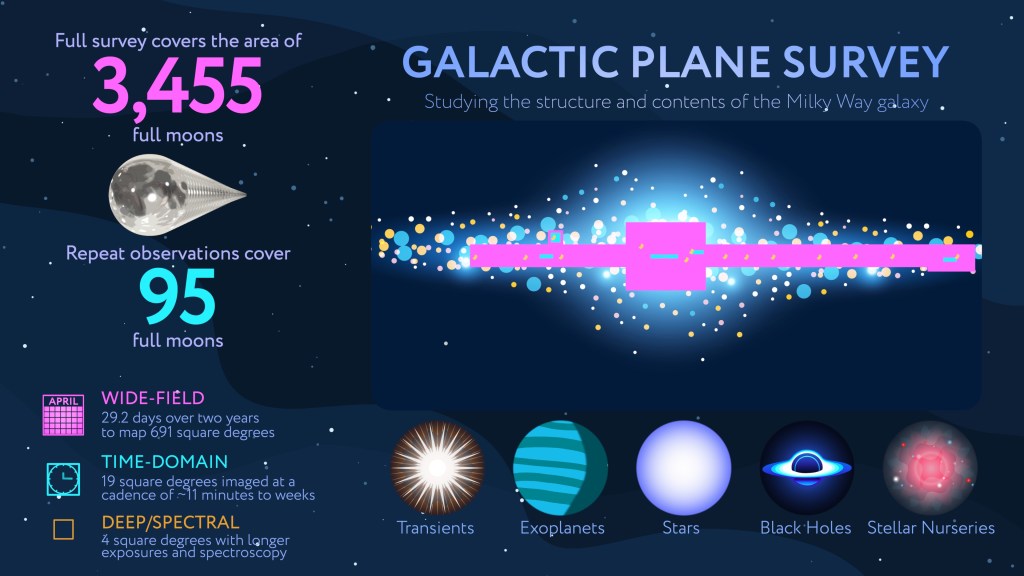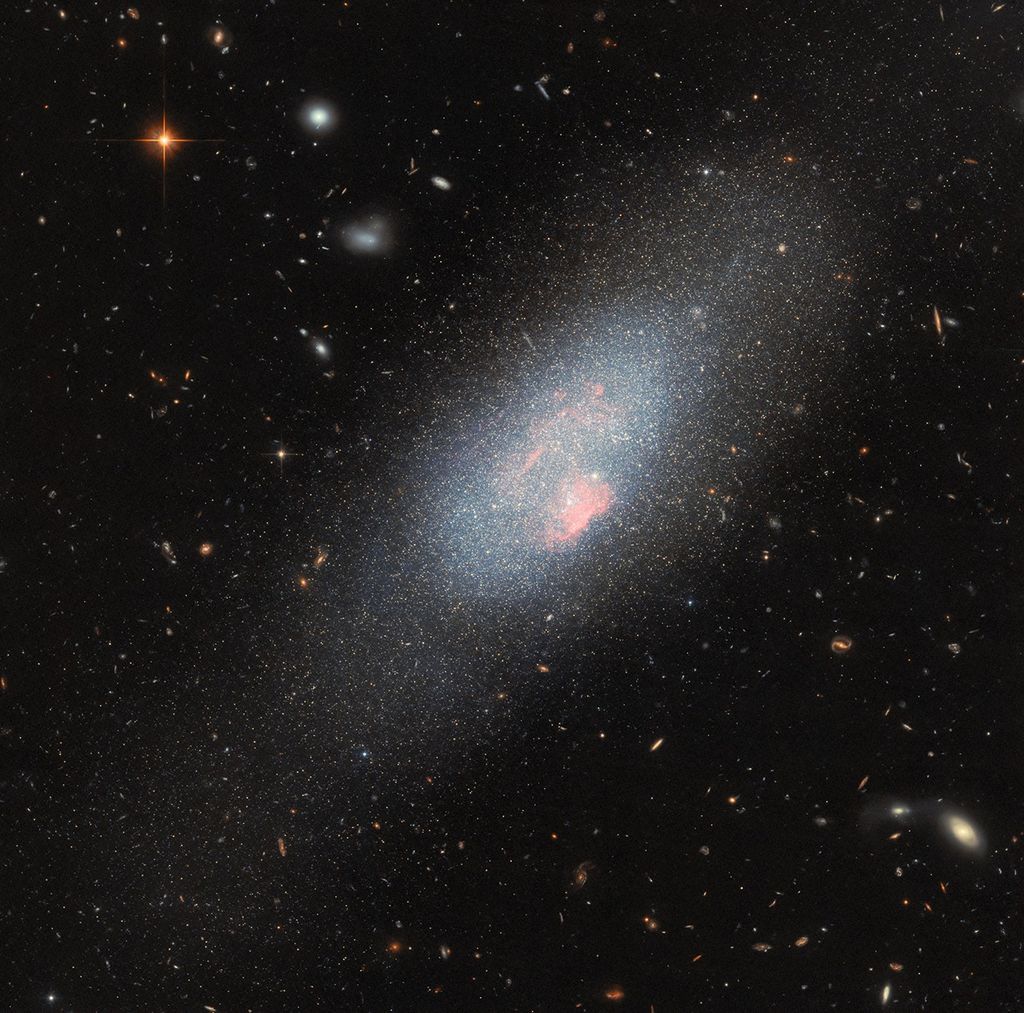1 min read
Magellanic Gemstones in the Southern Sky
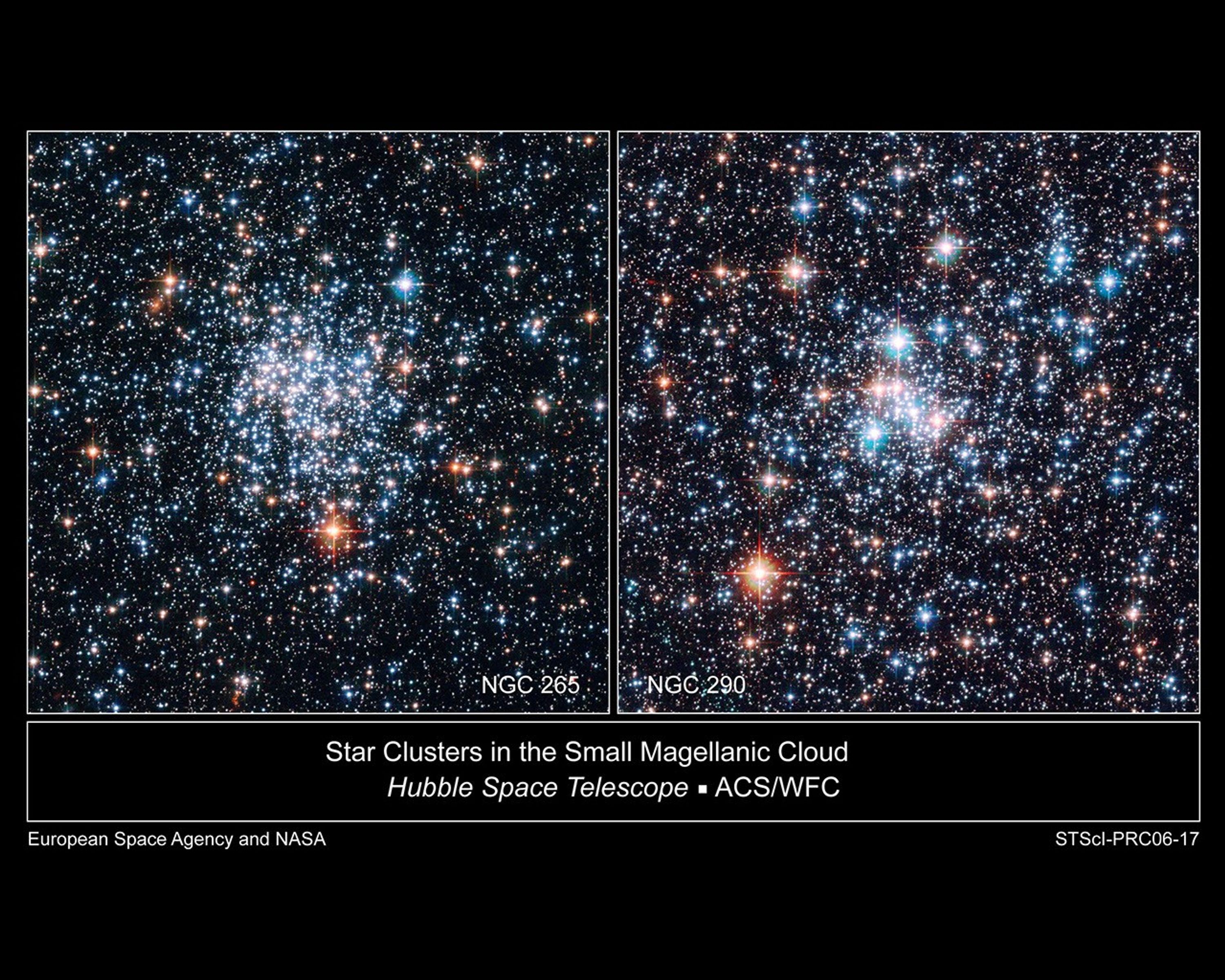
NASA's Hubble Space Telescope has captured the most detailed images to date of the open star clusters NGC 265 and NGC 290 in the Small Magellanic Cloud – two sparkling sets of gemstones in the southern sky.
These images, taken with Hubble's Advanced Camera for Surveys, show a myriad of stars in crystal clear detail. The brilliant open star clusters are located about 200,000 light-years away and are roughly 65 light-years across.
Star clusters can be held together tightly by gravity, as is the case with densely packed crowds of hundreds of thousands of stars, called globular clusters. Or, they can be more loosely bound, irregularly shaped groupings of up to several thousands of stars, like the open clusters shown in this image.
The stars in these open clusters are all relatively young and were born from the same cloud of interstellar gas. Just as old school-friends drift apart after graduation, the stars in an open cluster will only remain together for a limited time and gradually disperse into space, pulled away by the gravitational tugs of other passing clusters and clouds of gas. Most open clusters dissolve within a few hundred million years, whereas the more tightly bound globular clusters can exist for many billions of years.
Open star clusters make excellent astronomical laboratories. The stars may have different masses, but all are at about the same distance, move in the same general direction, and have approximately the same age and chemical composition. They can be studied and compared to find out more about stellar evolution, the ages of such clusters, and much more.
The Small Magellanic Cloud, which hosts the two star clusters, is one of the small satellite galaxies of the Milky Way. It can be seen with the unaided eye as a hazy patch in the constellation Tucana (the Toucan) in the Southern Hemisphere. The Small Magellanic Cloud is rich in gas nebulae and star clusters. It is most likely that this irregular galaxy has been disrupted through repeated interactions with the Milky Way, resulting in the vigorous star-forming activity seen throughout the cloud. NGC 265 and NGC 290 may very well owe their existence to these close encounters with the Milky Way.
The images were taken in October and November 2004 through F435W, F555W, and F814W filters (shown in blue, green, and red, respectively).
About the Object
- ConstellationConstellationOne of 88 recognized regions of the celestial sphere in which the object appears.Tucana
- DistanceDistanceThe physical distance from Earth to the astronomical object. Distances within our solar system are usually measured in Astronomical Units (AU). Distances between stars are usually measured in light-years. Interstellar distances can also be measured in parsecs.About 200,000 light-years (61 kiloparsecs)
- DimensionsDimensionsThe physical size of the object or the apparent angle it subtends on the sky.About 68 arcseconds (65 light-years or 20 parsecs) wide.
About the Data
- Data DescriptionData DescriptionProposal: A description of the observations, their scientific justification, and the links to the data available in the science archive.
Science Team: The astronomers who planned the observations and analyzed the data. "PI" refers to the Principal Investigator.These images were created from HST data from proposal 10126: E. Olszewski, A. Dolphin, and J. Harris (University of Arizona), P. Hodge (University of Washington), and K. Olsen (NOAO/CTIO). - InstrumentInstrumentThe science instrument used to produce the data.HST>ACS/WFC
- Exposure DatesExposure DatesThe date(s) that the telescope made its observations and the total exposure time.November 8, 2004 (left), and October 30, 2004 (right)
- FiltersFiltersThe camera filters that were used in the science observations.F435W (B), F555W (V), F814W (I)
- Object NameObject NameA name or catalog number that astronomers use to identify an astronomical object.NGC 265,NGC 290
- Object DescriptionObject DescriptionThe type of astronomical object.Star Cluster in the Small Magellanic Cloud
- Release DateApril 18, 2006
- Science ReleaseMagellanic Gemstones in the Southern Sky
- CreditEuropean Space Agency & NASA; Acknowledgment: E. Olszewski (University of Arizona)

Blue: F435W (B) Green: F555W (V) Red: F814W (I)
Share
Details
Claire Andreoli
NASA’s Goddard Space Flight Center
Greenbelt, Maryland
claire.andreoli@nasa.gov


